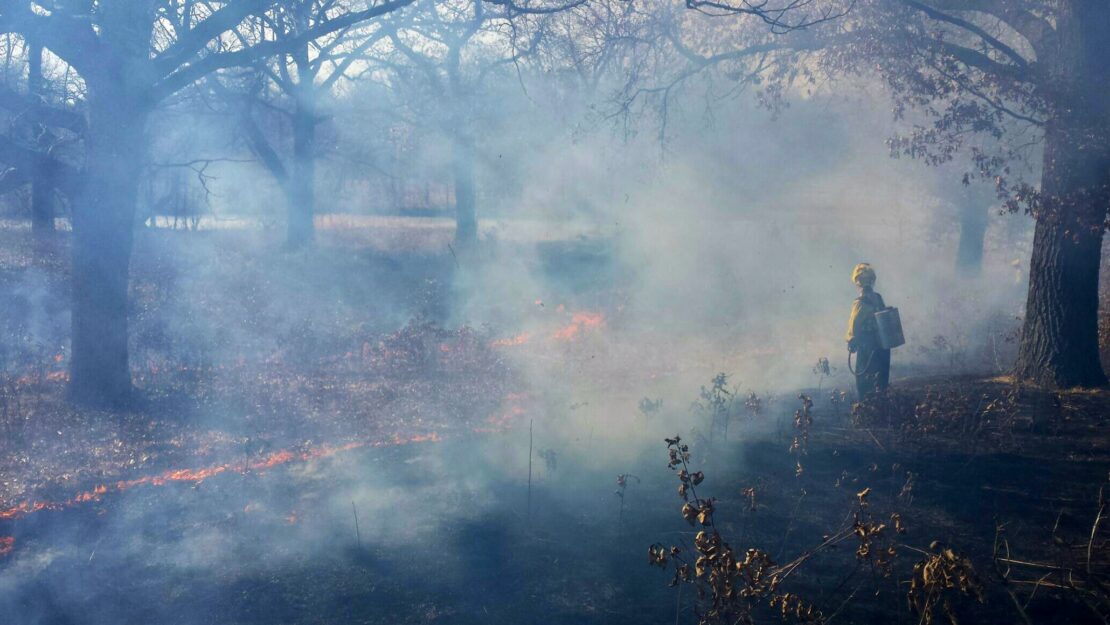Burn season in Minnesota


By Brett Stolpestad
Spring is here, bringing with it the return of a variety of native and non-native species. As the snow melts and the ground finally thaws, Minnesota’s familiar plant species eagerly sprout to meet the sun. It’s an invigorating sight after a long, dismal winter. However, many of the early-riser species in Minnesota are considered invasive.
There are many different invasive species in Minnesota that break through the soil early in the spring. This is primarily because they require lower soil temperatures to grow. Many of Minnesota’s native species, on the other hand, require higher soil temperatures.
Thankfully this problem has a relatively simple and natural solution. Fire. Prescribed fire plays an integral part in controlling invasive species and promoting growth for native species in Minnesota. Fire accomplishes this in several ways. First, fire knocks back the progress of invasive species. Second, the burned plant material adds nutrients back to the soil for native species to use. Third, after a fire has moved through an area, the blackened surface of the soil is able to absorb more radiant heat from the sun, increasing soil temperatures and giving native species a much-appreciated boost.
On March 19, St. Paul Parks and Recreation kicked-off the burn season near Lake Phalen. Joined by the Youth Outdoor 2 crew, SPPR took the lead on a prescribed fire designed to burn approximately three acres just off the lakeshore, with the goal of further transitioning the area to oak savanna.
The restoration of that relatively small area is one small part of a greater Lake Phalen restoration project that began in 2001. Since the early 1900s, Lake Phalen has been plagued by erosion as a result of significant landscape transformation around the lakeshore. Today, SPPR and Conservation Corps are dedicated to the restoring the lakeshore, eliminating invasive species, planting native species and controlling erosion.
Much progress has been made, with more than 100 native species now re-established along the lakeshore, according to the Ramsey-Metro Watershed District. However, there is much more to be done. St. Paul Conservation Corps crews will continue to have the unique opportunity to play a fundamental role in the restoration of a meaningful St. Paul landmark. So let’s get ready to pull, plant and burn!
